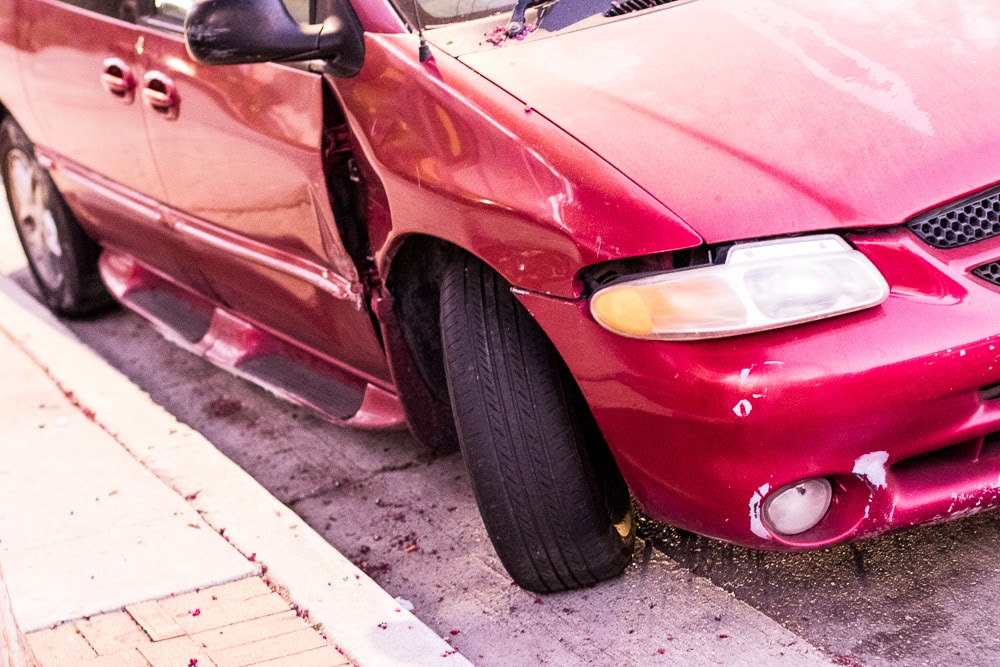A car accident can leave victims feeling confused and overwhelmed, especially when the at-fault driver flees the scene. Unfortunately, hit-and-run accidents are not uncommon in Utah.
Whether you were struck while parked, driving, walking, or biking, it’s critical to understand your rights and what steps to take after such an incident. Utah’s hit-and-run laws are designed to hold drivers accountable and protect victims if you know how to navigate the aftermath effectively.
What Is a Hit-and-Run Under Utah Law?
Under Utah Code § 41-6a-401, a hit-and-run occurs when a motorist involved in a car accident fails to stop and provide their information, offer aid if needed, or report the incident to law enforcement. This applies to accidents involving personal property, other vehicles, bicyclists, and pedestrians.
Utah separates these offenses into misdemeanors and felonies depending on the damage or injuries involved. For example:
- If there is only property damage, leaving the scene is typically a Class B misdemeanor.
- If someone is injured, it becomes a Class A misdemeanor.
- If the accident results in serious bodily injury or death, fleeing the scene may be charged as a third-degree felony.
These criminal penalties are separate from the civil consequences a driver may face if a victim pursues a personal injury claim.
Your Rights as a Hit-and-Run Victim in Utah
Utah hit-and-run laws prioritize the safety and legal rights of victims. Even if the other driver is not immediately identified, you are not without options. Victims have the right to pursue compensation for medical expenses, vehicle repairs, lost wages, and pain and suffering.
In many cases, your own auto insurance policy may provide coverage through uninsured motorist protection, which can help fill the financial gap if the hit-and-run driver is never found. Additionally, Utah is a no-fault state, meaning your Personal Injury Protection coverage should help with initial medical bills regardless of fault.
Steps to Take Immediately After a Hit-and-Run
The moments following a hit-and-run accident can be disorienting, but taking the right steps can protect your legal rights and help you build a strong case.
Here’s what to do right away:
- Notify Law Enforcement: Report the incident and get immediate help if anyone is injured.
- Document the scene: Take pictures of the damage, skid marks, location, and any other relevant evidence.
- Look for witnesses: Get statements and contact information from anyone who saw the crash.
- Record details: Write down anything you remember about the fleeing vehicle, such as the make, model, color, or partial license plate.
- Notify your insurer: Report the accident to your insurance company and begin the claims process.
- Contact a Utah car accident lawyer: Legal guidance is critical, especially when the responsible party is unknown.
Challenges in Hit-and-Run Accident Cases
One of the biggest obstacles in these cases is identifying the fleeing driver. If the police are unable to track them down, your options shift to recovering through your own insurance policy. However, insurance companies are not always quick to offer fair compensation, especially in hit-and-run claims where fault cannot be immediately established.
Victims may face:
- Delays in accessing UM or PIP coverage
- Denials based on policy technicalities
- Pressure to settle quickly for less than the claim is worth
These challenges make legal representation even more important. A knowledgeable attorney can deal with insurers on your behalf, investigate the crash, and ensure your rights are fully protected.
How a Utah Car Accident Lawyer Can Help
Hiring a Utah car accident lawyer after a hit-and-run can make a substantial difference in the outcome of your claim. An experienced lawyer will:
- Thoroughly investigate your accident and help identify the at-fault party
- Communicate with insurance adjusters and negotiate for fair compensation
- Ensure all deadlines and legal requirements are met
- Represent you in court if necessary
You shouldn’t have to shoulder the financial burden caused by a reckless driver who chose to flee. Whether or not the other driver is identified, you deserve to understand your legal options and pursue justice.
What Happens If the Driver Is Found?
If law enforcement successfully identifies the hit-and-run driver, you may be able to file a personal injury lawsuit directly against them in addition to any criminal charges they face. Civil claims allow victims to seek compensation for:
- Medical expenses and rehabilitation
- Property damage
- Lost income from missed work
- Emotional distress and pain
- Long-term disability or scarring
A lawyer can help you determine whether you should proceed through civil court or settle through negotiations with the at-fault driver’s insurance provider.
Time Limits for Filing a Claim
In Utah, most personal injury claims must be filed within four years from the accident date. However, dealing with insurance claims and investigations should start immediately after the crash. Waiting too long can jeopardize the strength of your case and your ability to recover damages.
For property damage only, the statute of limitations is three years.
Contact Flickinger • Boulton • Robson • Weeks Today
If you or a loved one has been injured in a hit-and-run crash, don’t wait to take action. Navigating Utah hit-and-run laws can be complex, but you don’t have to do it alone. The experienced team at Flickinger • Boulton • Robson • Weeks is here to protect your rights and fight for the compensation you deserve. Call (801) 500-4000 today for a free consultation with our trusted Utah car accident lawyer.



